
Alvear Pedro Ximénez de añada Montilla-Moriles 2018
Alvear is the oldest bodega in Montilla-Moriles (Córdoba, Andalucía) and among Spain’s oldest wineries.
Juan Bautista García de Alvear y Garnica was born in Nájera in 1657. He grew up to become mayor of the ‘Noble Kingdom of Nájera’ and the Royal Tax Collector. His son Diego de Alvear y Escalera founded the family wine business.
In 1729, Diego constructed the Alvear bodega in Montilla. The bodega was regarded as somewhat small and obscure at the time, yet this reduced space, given over to wine butts and amphorae, became Diego’s most intimate universe.
Over time, Diego became one of the most important land-owners in the city. Together with his son, Santiago, he took the bodega to unprecedented heights, never before imagined in Montilla, when he won a contract to ship wine to England in the late 18th century.
Santiago’s son, Diego de Alvear y Ponce de León [1749 – 1830], was a military man and politician as well as being involved in the winery. He procured an assistant from Argentina, Capataz [foreman] Billanueva, who would eventually become his right-hand-man.
Capataz Billanueva (C.B.) used to mark the barrels containing the best wines from the sierra with his initials. This gave rise to the ‘Alvear style’ that brought together the characteristic modernity and homogeneity that distinguished the bodega’s wines. These characteristics are still present today in ‘Fino C.B.,’ a centuries-old wine and the company’s most well-known brand.
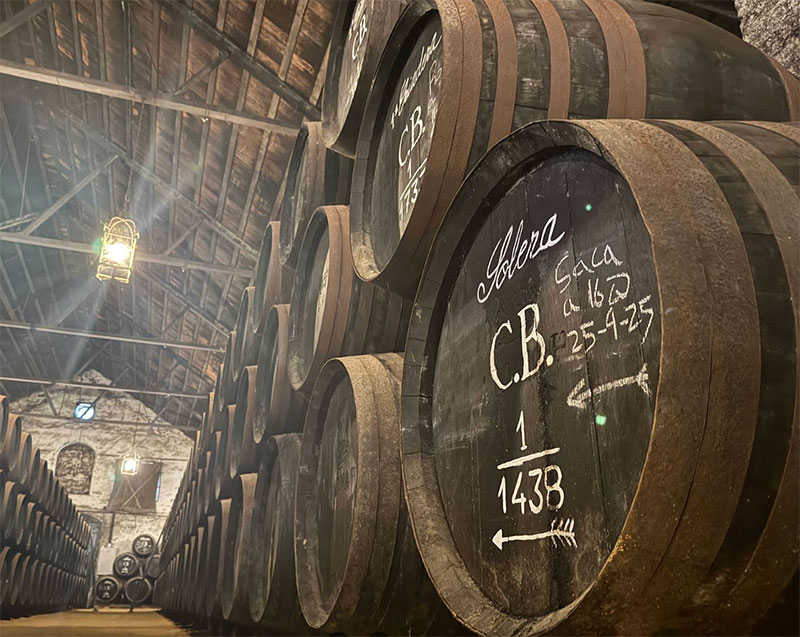
The business is currently in the hands of the eighth generation. Over the decades, each one of the family’s successive generations has contributed to the business, both in the bodega’s strive towards state-of-the-art technology, as well as in its determination to preserve its heritage.
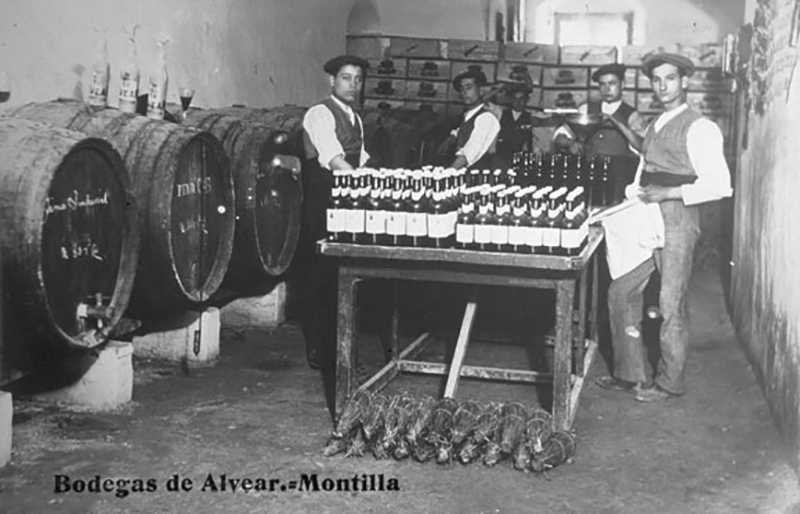
The Unique Pedro Ximénez grape
The Pedro Ximénez grape variety is the star of DO Montilla-Moriles. Legend has it that it was brought from the Rhine by a solider serving in the Spanish army in Flanders, who consequently gave it his name.
In general, the bodega’s vineyards are cultivated on exceptionally chalky soils. The region boasts two very distinct soil types. White ‘albariza or albero’ soils are very chalky, porous, poor in organic material and produce low yields, where the grapes are subject to a longer and more balanced ripening process. ‘Ruedo’ soils are red in color due to the presence of iron oxides, and which, in contrast, accelerate the ripening process.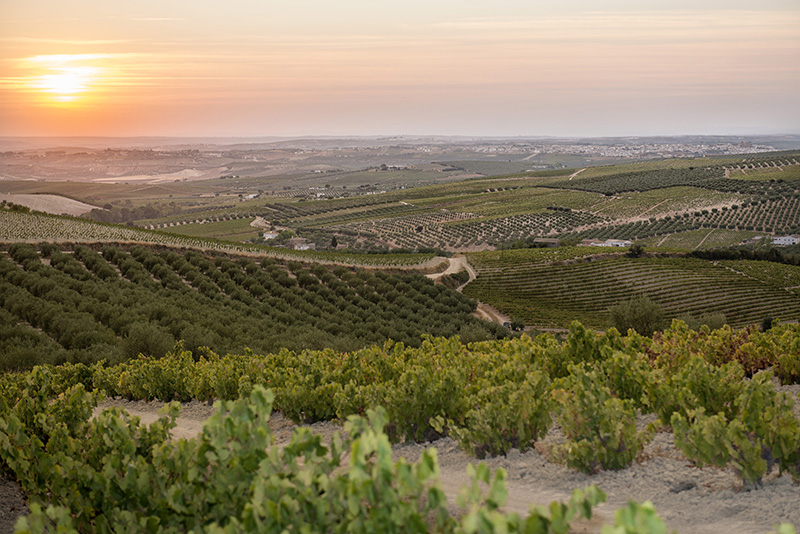
To make Pedro Ximénez, the grapes are exposed to the sun once harvested. Grape clusters are spread over plaited esparto grass mats and the grapes are slowly sun-dried until becoming raisins.
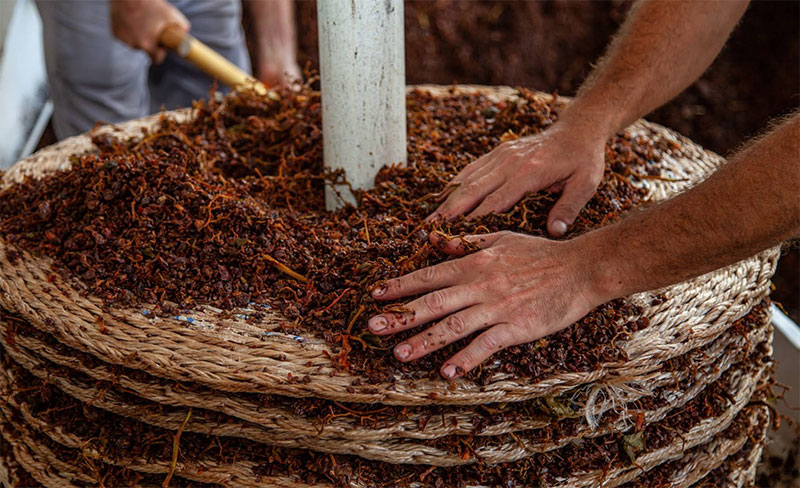
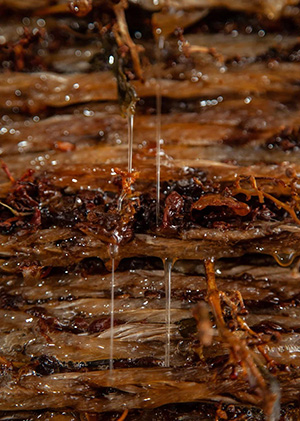
A dense, sweet must is then obtained from the crushed raisins to produce an authentic ‘raisin juice.’
The ultra-sweet must settles in tinajas (traditional clay/concrete jars) and is fortified to about 16% ABV to stop fermentation.
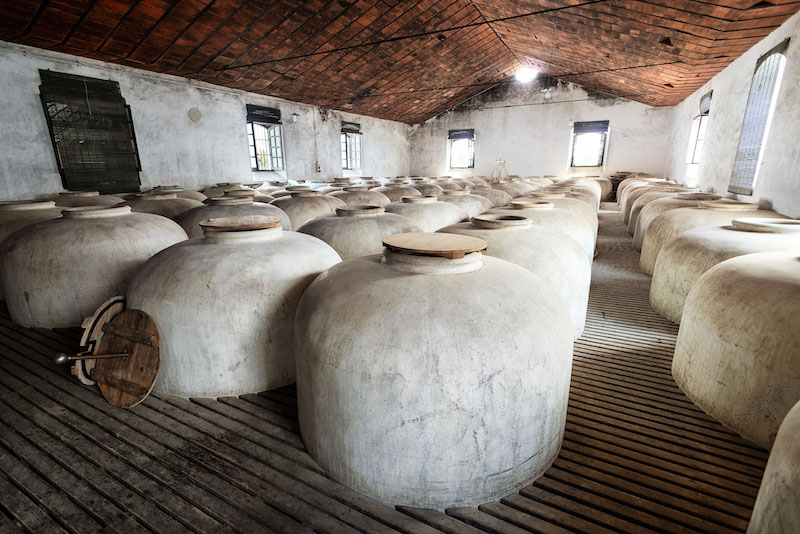
Alvear Pedro Ximénez de añada Montilla-Moriles 2018
This wine is made from 100% Pedro Ximénez grapes from estate vineyards in the Sierra de Montilla de Calidad Superior (the DO’s “grand cru” zone).
This wine pours a clear leather brown with long legs. The rich nose features raisins, honey, and caramel. The mouthfeel is full and velvety. The taste is dominated by more raisins, plus dates and figs. It is sweet, for sure, but very well balanced with just the right amount of natural acidity, and ends with a medium finish. This wine is quite pleasant, but to really see what PX is capable of, I highly recommend the Alvear Solera 1927 Pedro Ximénez Montilla-Moriles. ABV is 16%.
Enjoy this wine on its own, or pair it with flan, nut-based desserts, or milk chocolate.
Note: Sherry and Montilla-Moriles wines are similar fortified wines from Andalusia, Spain, but differ mainly in the grapes and fortification process. Sherry is primarily made from the Palomino grape, fortified with brandy after fermentation, and aged under a yeast layer called flor for its distinctive flavor. Montilla-Moriles is distinct for being made from the Pedro Ximénez (PX) grape and is often naturally fermented to a higher alcohol level. This results in a less fortified and slightly softer wine.
